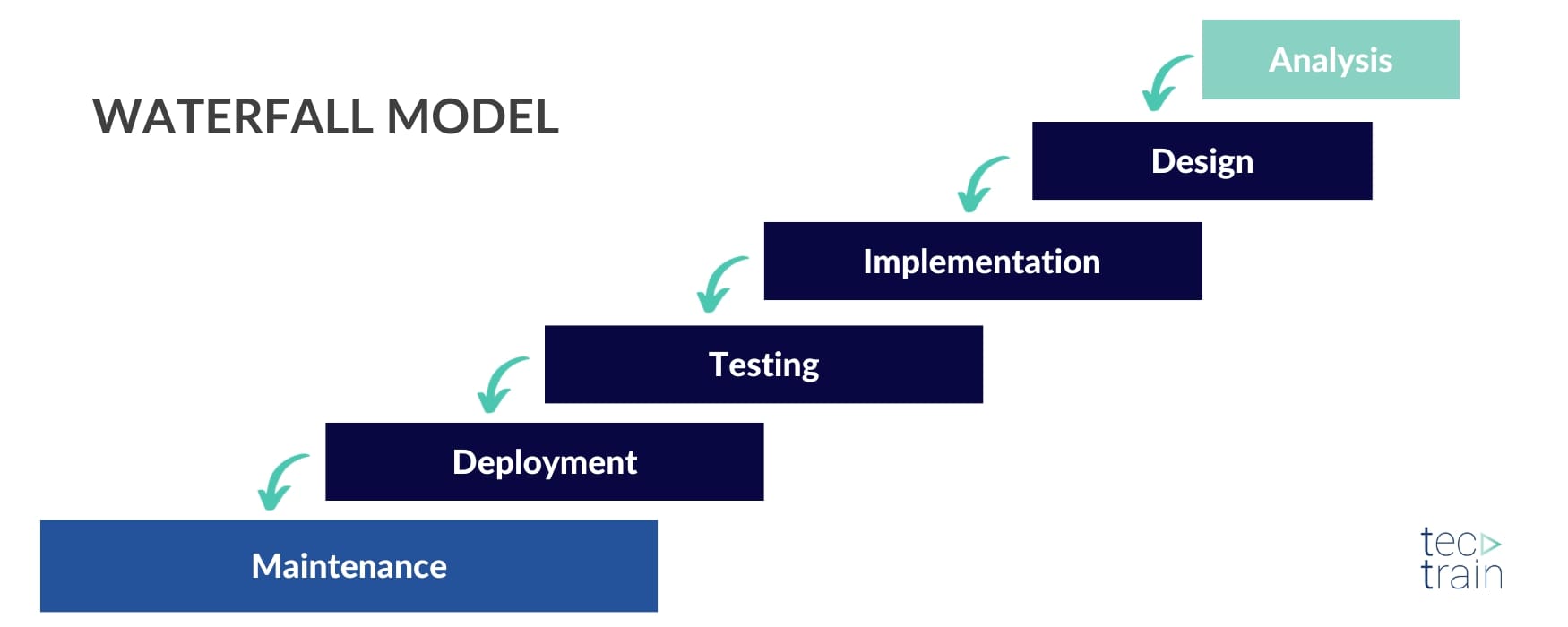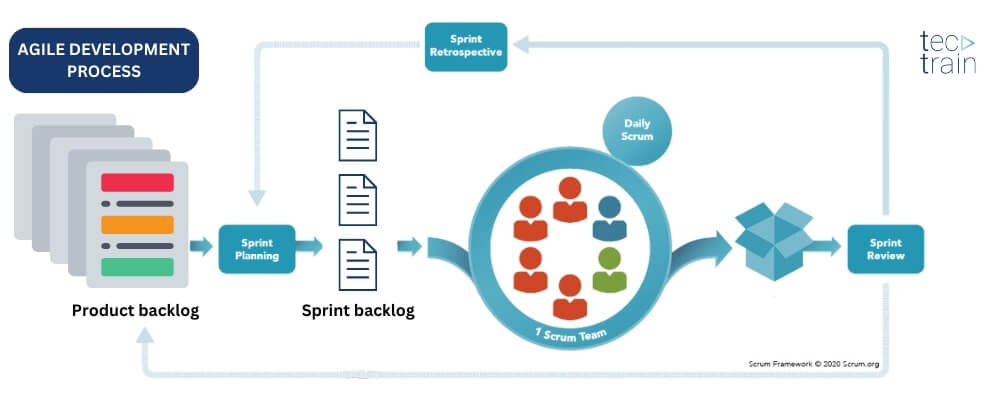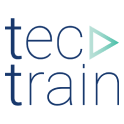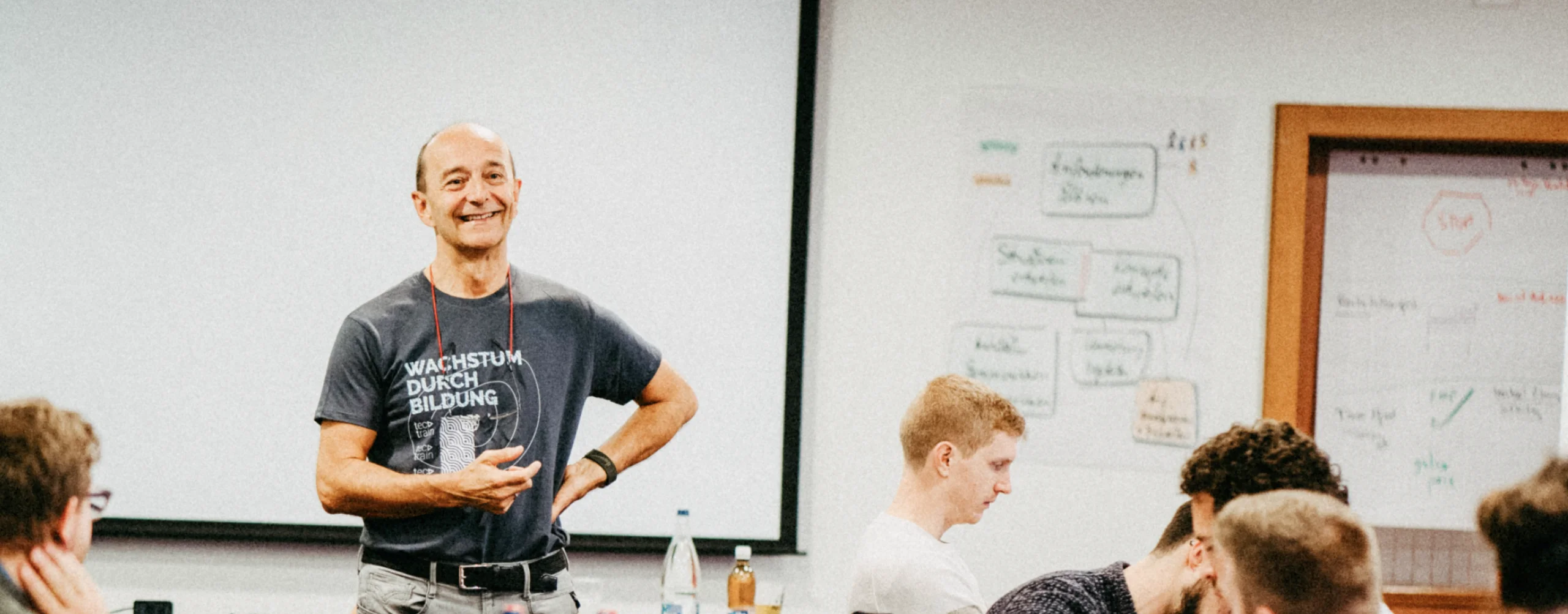Which Path is Right for You?
Imagine two teams: Team A uses Traditional Project Management, and Team B is all about Agile. Team A spends months planning but struggles when unexpected changes occur. Team B, however, adapts quickly and even welcomes change. Who do you think delivered a more successful project? Spoiler alert: It was Team B!
Before we compare agile and classic project management, let's define what project management is.
What is project management?
Project management can be defined as the activities of planning, organizing, securing, monitoring, and managing the resources and work required to achieve specific project goals effectively and efficiently. In short, it is the application of knowledge, skills, tools, and techniques to project activities to meet project requirements.
The project management approach used should always be adapted to the project's needs. Project management takes place with the necessary implementation and integration of the project management processes defined for the project. It enables organizations to carry out projects effectively and efficiently.
Overview of agile vs classic project management
The main difference between agile and traditional project management is the way projects are implemented.
In classic project management, the plan is generally set in stone at the beginning, and changes are costly and difficult to implement. This approach is often suitable for projects where requirements are well-understood and unlikely to change. However, it can be less effective in environments that are dynamic or rapidly evolving.
On the other hand, agile project management is designed to accommodate change. It allows for more direct stakeholder involvement and can adapt more easily to shifting requirements, technologies, and market conditions. This makes it particularly useful for software development and other tech-based projects, where the landscape can change dramatically in a short period.
In summary, classic vs agile project management presents a trade-off between stability and adaptability. Classic methods offer a structured, linear approach that may work well for fixed, well-defined projects. Agile methods offer more flexibility and are better suited for projects where change is expected. By understanding the nuances of each approach, project managers can better decide which methodology is most appropriate for their specific needs.
What is classic project management?
Traditional Project Management is like your grandma's recipe—tried and true but not very flexible. It's great for projects with well-defined scopes and requirements. But beware! If you need to make changes, it's like turning a ship—it takes time and effort.
Waterfall Model:
First of all, with the waterfall model, it is not possible to move to the next step without ending a step. Documentation is provided at the end of each phase. In projects that utilize the waterfall methodology, each stage has distinct endpoints and the entire process is subject to rigorous oversight. This includes comprehensive evaluations, extensive record-keeping, and managerial sign-offs at every transition between phases. As such, a high level of discipline is essential for successful execution.
The waterfall model is more appropriate for projects that are fully understood and unlikely to change without ambiguity. At the end of these steps is the testing phase, and when this phase is reached, one is usually at the end of the project. Precisely at this stage, when a request comes from the customer, it is not possible to quickly respond to the customer's requirements as it is both costly and gradual.
At the end of the project, the errors identified in the tests left to the final phase become more and more difficult to fix and the costs increase. The core aim of this strategy is to define essential elements like project scope, duration, and resource allocation right from the beginning. It seeks to eliminate risk by forbidding modifications during the project's lifecycle and by counteracting any changes that could be a significant risk factor. When the waterfall model emerged, technology development and business change were not as fast as they are today, and therefore projects did not progress as quickly as they are today.

Disadvantages of classic project management:
- The fact that the developers read the documents created during the analysis and design phases, instead of meeting the requirements face-to-face with the customers or users, makes the requirements difficult to understand and does not allow the developers any input.
- Going back to make changes, improvements or corrections is like swimming against the current, difficult, and costly. Therefore, it cannot react to changes, and requests that come in the process are usually not accepted.
- Undetected negativity at any stage affects all subsequent stages.
- Due to its structural features and strict controls, it is inflexible, slow, and cumbersome.
- It is hardly realistic to expect requirements to be complete and well-defined at the start of the project, and failure by customers to fully and accurately articulate their needs can result in a missing or incorrect product being delivered at the end of the project.
- Project performance cannot be measured until the entire project is complete and errors can only be discovered during the testing phase.
- Intensive and up-to-date documentation is a time- and labor-intensive activity and is generally perceived as an unnecessary burden by developers.
- Due to the fact that the next phase does not start until one phase is completed, even delays that do not affect all project members can waste time for all project members.
- High administration costs are unnecessary costs for small projects and small teams.
- It is very difficult to ensure customer satisfaction as there is no model open to development and change.
- The way the model is designed has a negative impact on creativity.
In addition to the classic models, there are other project development models:
● Spiral model
● V model
● Incremental model
What is agile project management?
Agile is the new kid on the block, solving many problems that traditional methods couldn't. It's all about adaptability, folks! With Agile, you can make changes on the fly and still keep your project on track. It's perfect for the ever-changing landscape of IT projects.
Agile project management has evolved as a response to the limitations of traditional project management methods. In agile frameworks, each iteration is informed by learnings and challenges from previous cycles.
Tasks are ranked according to their business impact, and it's up to the project team to decide the most efficient way to accomplish them within the given resources and limitations. Each iteration has a set timeframe within which specific tasks must be completed.
The team, with its unique set of skills and shortcomings, is accountable for delivering the final product at the end of each iteration. This underscores the importance of teamwork. Agile methodologies are fundamentally built on principles such as experimentation, task prioritization, self-management, time-bound cycles, and collaboration.

So, what is agile project management? Agile project management is a flexible, iterative approach to project development that prioritizes adaptability and collaboration. It allows teams to make adjustments based on real-time feedback and to focus on high-impact tasks, making it particularly well-suited for dynamic and fast-paced environments.
Take a glance and explore the various options that await you! In this particular setting, the fundamental concepts that serve as the foundation for agile approaches are trial and error, ranking of importance, independent decision-making, designated time periods, and collaboration. Through these repeated cycles, a functional output is generated while considering input from customers or users, as well as any potential alterations to requirements.
These ongoing iterative procedures persist until the desired product is successfully delivered to the customer. As a result of these iterations, a usable product is created and the development processes are repeated taking into account customer or user feedback and possibly changed requirements. These iterative processes continue until the exact product the customer wants is produced. The most commonly used and popular frameworks for agile project management are SAFe and Scrum.
Featured resource:
Agile Transformation: Benefits, Challenges & Implementation
Agile vs Scrum: Comparison of Project Management Methods
SAFe (Scaled Agile Framework):
SAFe, also known as the "Scaled Agile Framework", was developed in 2011 by Drew Jemilo and Dean Leffingwell, world-renowned Agile experts. Thanks to SAFe, which has a total of 4 main configurations and 3 basic levels, many teams can work together at the same time. SAFe generates positive reflections on teams' productivity and workflow. SAFe, which has increased its popularity in a short period of time, integrates information from 3 different areas.
These areas can be listed as agile development, lean product development, and systems thinking. SAFe is used to scale in agile projects, easily mix different applications together and also increase business agility. Furthermore, SAFe simply promotes elements such as correct coordination, unity of work and purpose, and cohesion or motivation between teams. There are different levels of scaling in the Scaled Agile Framework to scale agility.
These are classified as Basic SAFe, Large Solution SAFe, Portfolio SAFe, and Full SAFe. The framework, which provides very detailed guidance to the team and lets the organization breathe a sigh of relief, creates value for all stakeholders that make up the organization. You can scale with SAFe Agile, especially in large projects in which teams want to implement their own agile application methods and act independently.
Disadvantages of agile project management
- Since teams are usually self-organizing, individuals must be competent and experienced and master agile processes. Otherwise, team performance will drop and the project development process will be affected.
- Customers who can't pinpoint their priorities and want to frequently change the priorities in their to-do list can adversely affect planning.
- Products cannot be reused in other projects, since agile methods are used to develop solutions that are sufficient to meet the defined needs in a problem- or function-specific manner.
Other popular agile project management frameworks are:
● LeSS (Large Scale Scrum)
● SoS (Scrum of Scrums)
● DAD (Disciplined Agile Delivery)
● Scrum
● Kanban
● Extreme programming (XP)
Featured resource:
Top Agile Frameworks in Software Engineering for 2024
Comparison of classic project management and agile project management
While in classic project management, there is long-term and detailed planning over the entire process, in agile project management there is short-term and more detailed planning in order to be able to react to changing framework conditions. The project is divided into release plans, release plans are divided into iteration plans, and iteration plans are divided into daily plans. In this way, more detailed goals can be set. Other differences between the two methods are as follows:
Flexibility
In classic project management, everyone has to stick to a schedule once the project has started. Cost, time, and all other resources must be strictly considered. Specified goals should be achieved on time and the budget should be taken into account.
If unexpected changes or requirements occur, the reorganization and adaptation take a lot of time. This means there is little room for flexibility once the process has been initiated. For these reasons, changes are often discouraged.
In this respect, agile project management is much more flexible than classic project management. Team members are free to try or challenge the plan at their discretion. Changes to the process or product can be made at any stage of the project. Communication and creativity are encouraged to find the most useful alternatives and factors in new information.
Transparency
In classic project management, the team members perceive the project within the boundaries drawn by the project manager. After receiving the customer's requirements, it cannot be said that the whole process is transparent. As a rule, feedback from customers is only possible when the product is delivered.
In agile project management, every decision and every plan is transparent. The Product Owner, team members, customers, and everyone involved in the decision-making and change process. It has been observed that greater responsibility for a project also increases participation and motivation.
Project complexity
Classic project management works well for projects with few dependent variables and few waiting times for changes. If a project has a clear and defined goal and the project manager knows exactly how much resources, time, and effort are required to achieve it, classic project management offers an efficient way to complete this project.
Agile project management is a good option for more complex projects with many overlapping or interdependent components. Agile is a more appropriate work environment when many variables can change in a project, or when there is feedback or learning potential within the project that can affect the outcome.
Amount of feedback
In classic project management, the project duration and budget are usually fixed. Modification is very rarely allowed. Each task is expected to be completed within a pre-planned time and budget criterion. This means that significant changes cannot be acted upon based on feedback.
In agile project management, continuous feedback from the product owner and customer can be accepted. This helps deliver quality products within the deadline.
Communication
In classic project management, written communication is in the foreground. Project managers communicate with team members and stakeholders through more intensive forms of written communication, such as documents, reports, and emails. The reason for the intensive use of written communication is to document the process and share information about the project among team members accurately and quickly.
Agile project management actively uses verbal communication to adapt to constantly and rapidly changing conditions. This serves as faster and more effective communication between team members.

Customer Satisfaction
In classic project management, everything is planned in detail right from the start. All work is designed to comply with this strict plan. Adapting to rapid changes in the work schedule or the occurrence of an unexpected customer requirement requires a lot of effort and time.
Feedback is welcome after each iteration in agile project management. The team understands the customer's specifications and acts effectively and quickly to deliver high-quality products to the customer.
Ownership and Accountability
In classic project management, only the project manager retains responsibility for the entire project. They plan, manage, and monitor the entire operation. Customers can be involved in the planning phase, but once the plan is implemented their role is minimally proactive.
In Agile project management, each team member plays an equally important role in completing the project on time. You are encouraged to collaborate, share ideas, and make changes.
Process Management
In classic project management, proposed changes in the process do not affect the current project, but future projects. Even if the lessons learned are carried out at the end of each phase, the recommendations only affect future projects, since this phase is not repeated for the project.
An important aspect of agile project management is adaptability. The team not only looks at the product under development and makes changes to the features, but also looks at the process. At the end of each iteration, the team conducts a learning session, often referred to as a retrospective. The purpose of the meeting is to review both the product and the process. The team discusses how the project is going and what changes in the procedures will improve their performance.
When agile and when classic project management?
Agile project methods have emerged as alternative solutions to problems where traditional project management methods are considered insufficient. Many projects today are mainly carried out by frameworks based on the agile mindset. Since classic project management is carried out depending on the past phase, it is backward in understanding and all project elements should only do the work defined for them.
Agile project management, on the other hand, has a forward-thinking approach due to its structure that encourages change and feedback. Autonomous teams are expected to do everything on their own, benefiting from cross-functionality and experimentation. This requires an approach to creativity rather than order. Agile project management is in a structure that fits today's conditions, where requirements and goals are uncertain and unknown, changes are quite frequent, and short-term value creation is desired.
Conclusion
In summary, agile project management and classic project management each have their advantages and disadvantages. While classic project management is particularly suitable when the requirements are clearly defined and a fixed schedule has to be adhered to, agile project management offers advantages when it comes to reacting flexibly to changes and finding innovative solutions.
If you want to learn more about agile project management and the different agile methods, we recommend our "Scaled Agile Framework" page. Discover a range of SAFe training options here, including our course on "SAFe Agile Software Engineering." This particular course provides you with foundational knowledge in agile software development.
If you are also interested in classic project management, we also offer a variety of training courses and certifications on this topic on our "Academy" page.






(1).png)



